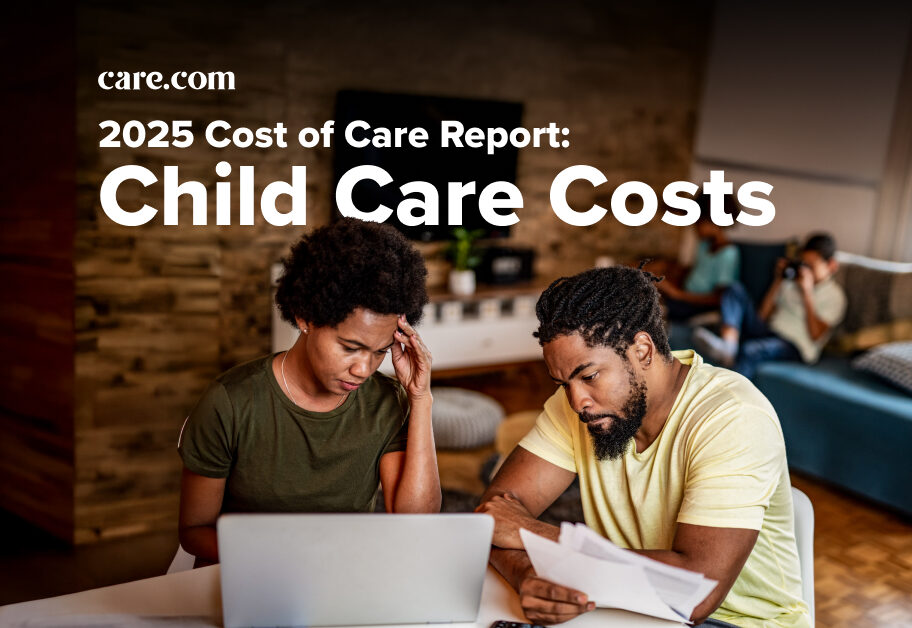Dealing with clogged milk ducts or mastitis can be challenging enough. When the conditions recur, it can be extremely frustrating. Clogged ducts and mastitis are often painful, and mastitis can make you feel like you’re coming down with the flu — no fun at all! Plus, no one wants to be dealing with these conditions over and over again while caring for a little one and juggling other responsibilities.
If you are experiencing recurrent clogged ducts and mastitis, you aren’t alone. “It’s not unusual for mastitis and plugged ducts to recur,” says Dr. Jessica Madden, pediatrician, neonatologist, lactation consultant and the medical director of Aeroflow Breastpumps. “In my practice, about 20-25% of parents I diagnose with mastitis will have at least one other episode later in their breastfeeding journey.”
Thankfully, Madden adds that there are quite a few effective ways of addressing and preventing clogged milk ducts and recurrent mastitis. Here, Madden and other experts share their top tips for managing these conditions.
Is it normal to get recurrent mastitis and plugged ducts?
“There seems to be a tendency or predisposition for certain parents to experience plugged ducts and mastitis,” Madden says, adding that often these breastfeeding parents will get a recurrent clogged milk duct in same spot on the breast.
So, why might this happen, and why might certain parents be afflicted several times? According to the Academy of Breastfeeding Medicine (ABM), there are a few main risk factors seen alongside recurrent mastitis and clogged milk ducts, which include:
- Hyperlactation (when you overproduce milk).
- Dysbiosis (when there’s an imbalance in the breast microbiome).
- Inadequate treatment of a previous episode of mastitis.
- Failure to address why a previous episode of mastitis occurred.
Recurrent mastitis and clogged ducts happen when parents haven’t fixed the problem that’s causing the initial issue.
Why does recurrent mastitis keep coming back?
Recurrent mastitis and clogged ducts happen when parents haven’t fixed the problem that’s causing the initial issue, says private practice lactation consultant Laura Howells, from Albany, California. In most cases, Howells explains, the culprit is infrequent milk removal or a poorly latched infant who isn’t able to adequately drain the breast.
For Jess Hartsock, registered nurse, blogger and mom of two from Dallas, inadequate milk removal was the cause behind the multiple bouts of clogged ducts and mastitis she experienced with her first child. Her problem was a common one: her busy work schedule didn’t leave her enough time to pump.
“I was working with patients for 12 hours at a time in the emergency room or surgical recovery room,” Hartsock shares. “I didn’t always have someone to cover my patient assignment so I could pump frequently enough to avoid breast engorgement.” Soon after her breasts would become engorged, she’d notice a plug coming on, which would sometimes turn into mastitis.
For parents like Hartsock, experiencing multiple cases of clogged ducts and mastitis can take its toll. “Having mastitis back-to-back so early on while trying to adjust to returning to work was very difficult mentally,” she says. A few times she even considered giving up breastfeeding because she didn’t want to get mastitis again.
But Hartsock stuck with breastfeeding and was able to make changes in her work schedule that allowed her to pump more frequently. By the time her second child came around, she was able to set a schedule beforehand that allowed for more pumping breaks. The result? She never had mastitis at all with her second child.
7 ways to prevent recurrent mastitis and plugged milk ducts
Here, experts share tips for preventing a plugged duct and mastitis from coming back again and again:
1. Remove milk adequately and frequently
Making a routine of adequate and frequent milk removal (breastfeeding or pumping 8-12 times in 24 hours), as illustrated in Hartsock’s return-to-work experience, is one of several prevention practices that can help decrease the chances that clogged ducts and mastitis will recur.
2. Seek treatment for oversupply
As ABM notes, having an oversupply of milk is a top risk factor for recurrent mastitis. Madden recommends seeking treatment for breast milk oversupply from a lactation consultant or breastfeeding medicine doctor. One common cause of oversupply is aggressive pumping (i.e., pumping more than your baby needs). Madden suggests you try paring down your pumping if you are prone to oversupply.
3. Check the latch
Howells says that a common cause of recurrent clogged ducts and mastitis is when your baby has a poor latch, which makes it challenging to adequately drain the breast. A poorly fitted pump can also produce the same result. If you have questions about your baby’s latch or your pump fit, consider reaching out to a lactation consultant or a breastfeeding counselor.
4. Consider probiotics
Another risk factor for recurrent mastitis is an imbalance in your gut microbiome. Taking probiotics can help populate the breast tissues and milk ducts with “good” bacteria, says Madden. You can talk to your physician about the best probiotics for you to take while breastfeeding.
if you feel like you have a plugged duct or inflammatory mastitis, it’s important to use ice instead of heat.”
—Molly Peterson, lactation consultant
5. Use ice instead of heat
Many parents were previously taught to apply heat to a clogged duct or mastitis to “break up” the clog. But the new ABM protocols advise against this and experts agree.
“First and foremost, if you feel like you have a plugged duct or inflammatory mastitis, it’s important to use ice instead of heat,” says Molly Peterson, lactation consultant at Peterson Lactation Services. “Ice will help reduce said inflammation within the breast, which will allow the plug or mastitis to resolve.”
6. Try medications or supplements
Mastitis is considered an inflammatory condition more than anything, so treating any underlying inflammation in the body can be helpful. Peterson recommends taking inflammatory reducers, like ibuprofen, with provider approval. There are certain supplements that can be helpful as well, she says, including sunflower or soy lecithin. ABM recommends 5-10g of lecithin daily to decrease inflammation.
7. Keep your breasts free and healthy
To avoid repeated clogged ducts, Madden suggests wearing a supportive bra — just make sure it isn’t too tight, as tight bras can increase your risk of clogs or mastitis. She also recommends avoiding nipple shields when possible, as those can lead to inadequate milk removal. Madden also warns against any deep tissue massage of your breasts since that can increase inflammation.
Complications caused by recurrent clogged ducts and mastitis
When it comes to a clogged duct or infection that won’t seem to clear, the concern is that the inflammation that results may lead to bacterial mastitis. “Bacterial mastitis is an infection and does require treatment with antibiotics,” says Madden.
If you experience signs of mastitis, including fever and flu-like symptoms, it’s important that you finish your course of antibiotics and connect with your physician if your symptoms don’t subside, says Madden.
The other concern is that untreated bacterial mastitis can develop into a breast abscess, which is a benign, pus-filled lump that can form in the breast after a breast infection. “Breast abscesses are not only painful but may require surgical removal and loss of breast tissue,” Madden describes.
This is all the more reason why it’s important to seek care from your OB-GYN, midwife or a breastfeeding medicine physician if you have any questions or concerns about clogged ducts or mastitis. It’s important to address these issues promptly, so complications don’t develop.
“I recommend that any lactating individual who continues to have symptoms after antibiotic treatment for bacterial mastitis, or experiences recurrent mastitis, be seen and assessed in person,” Madden says.





